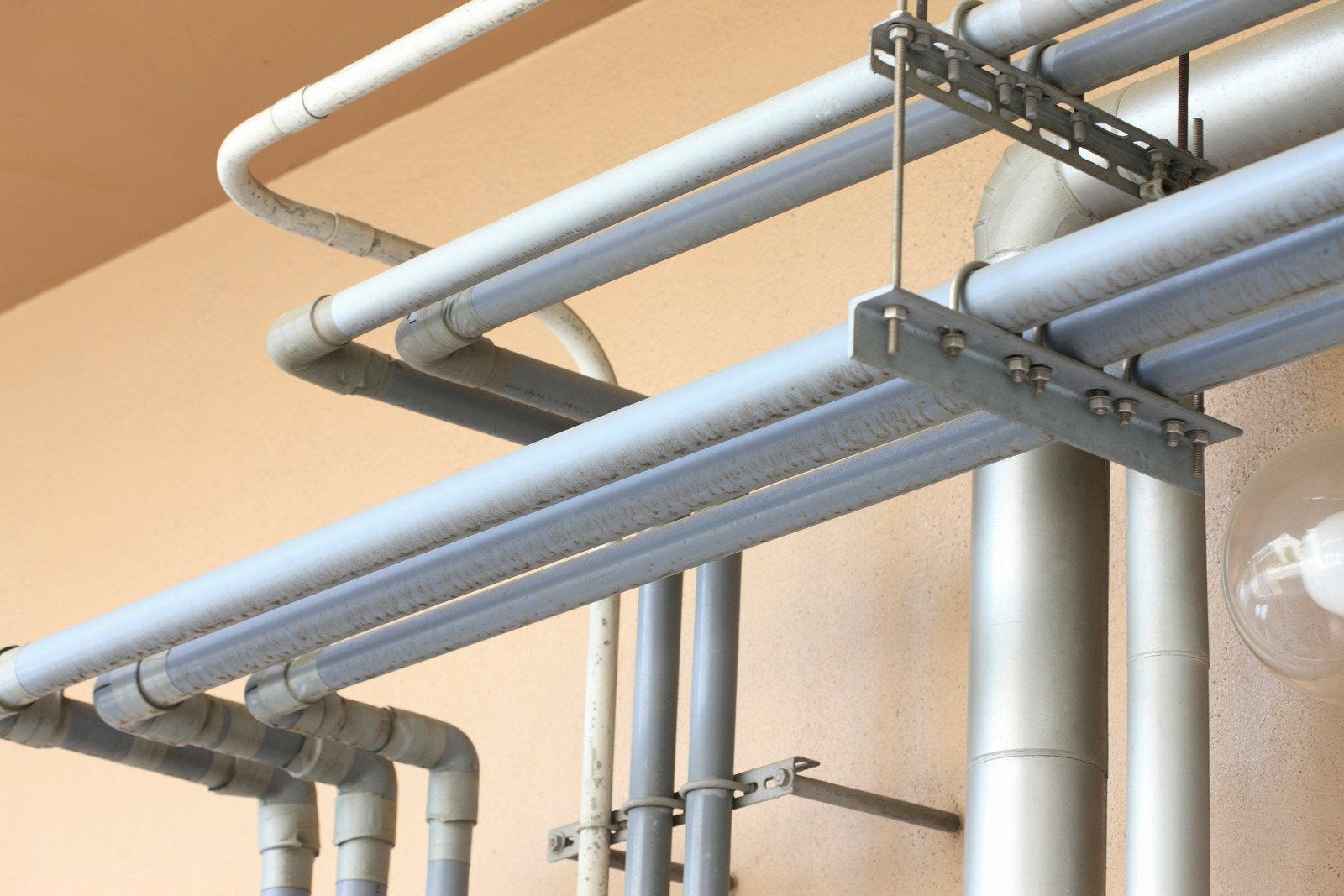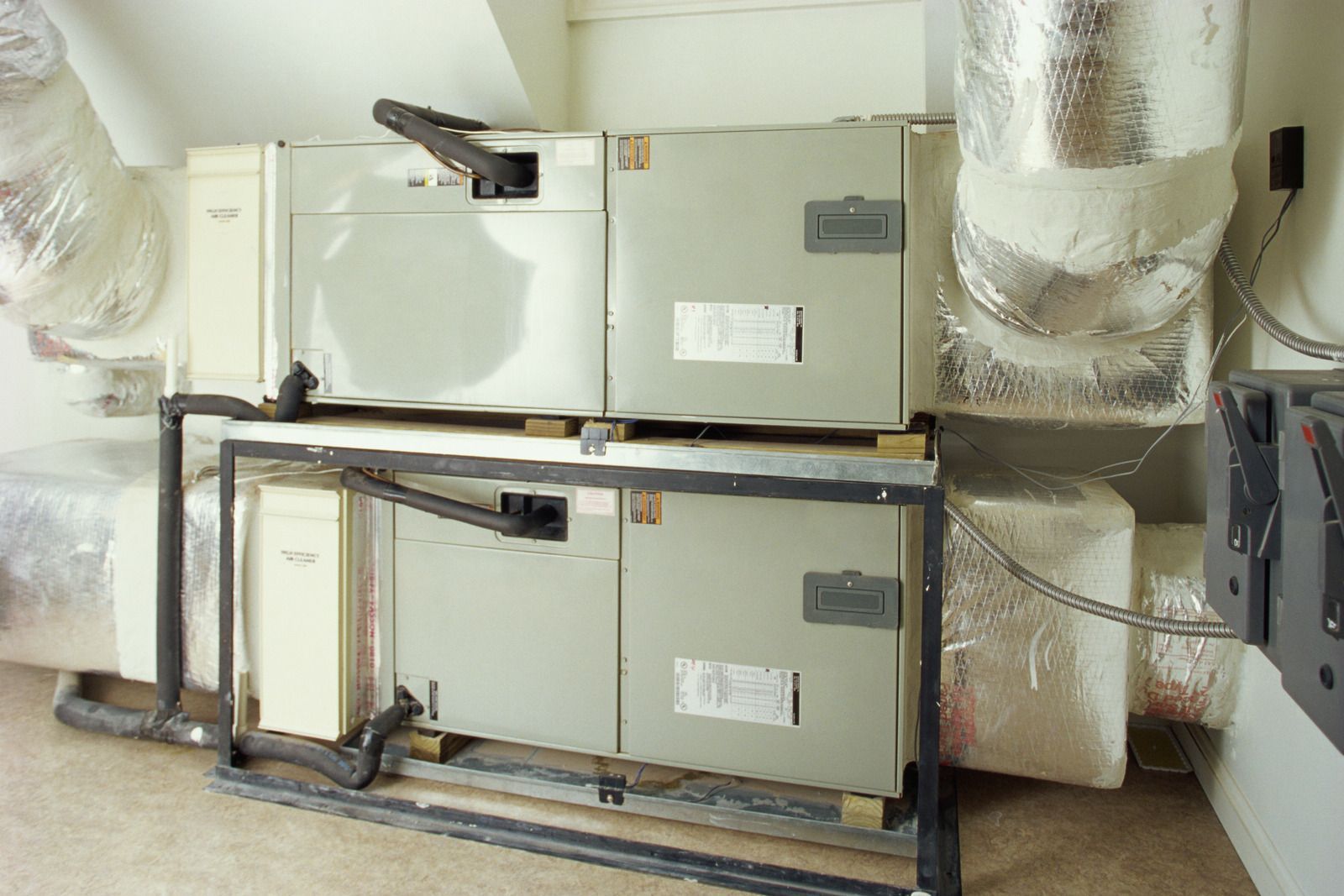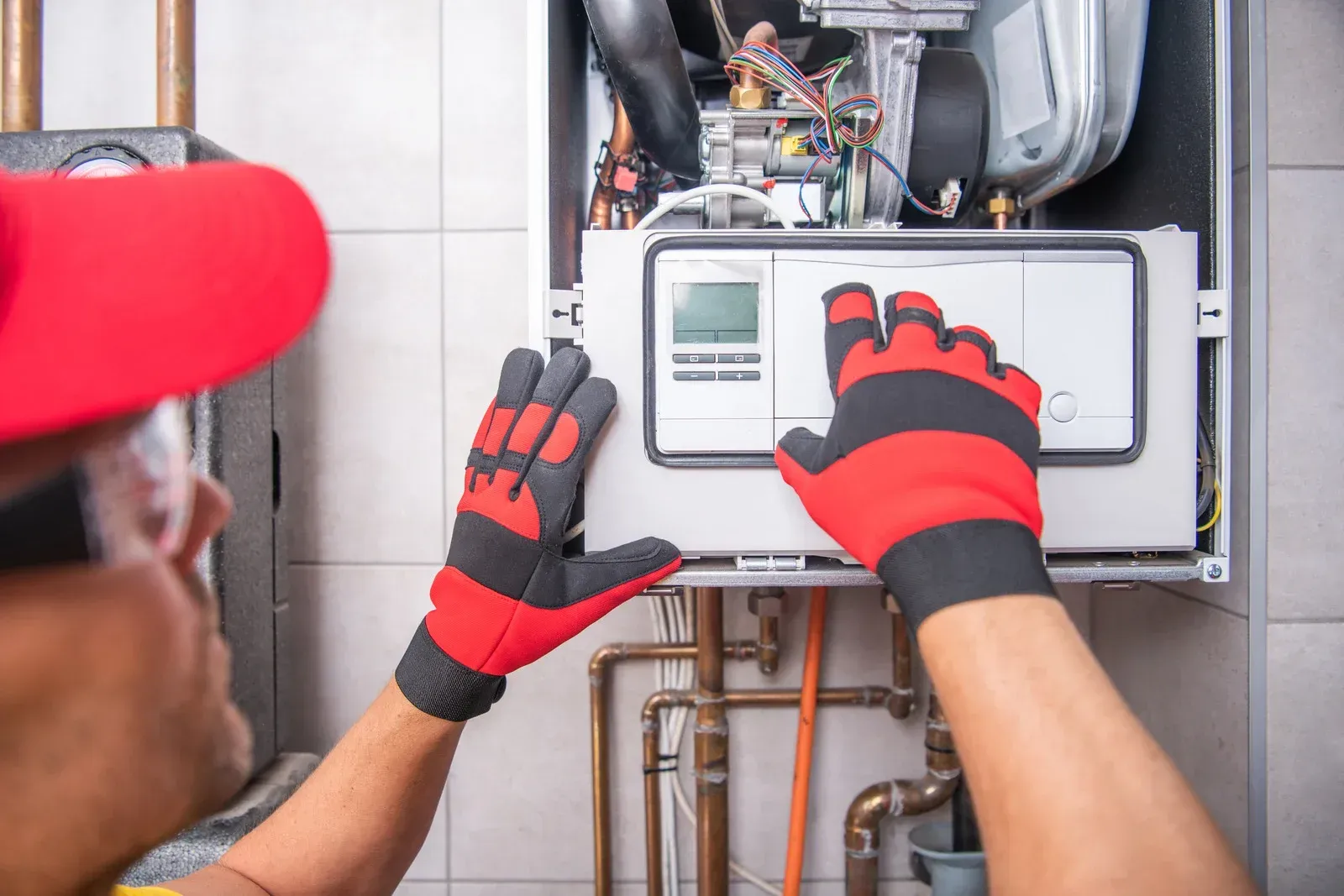5 Key Considerations for Designing HVAC Systems in Commercial Buildings
Designing an HVAC system for a commercial building requires careful planning and expertise. Unlike residential HVAC setups, commercial systems must efficiently handle larger spaces, more occupants, and varying environmental conditions. An effectively designed HVAC system ensures comfort, energy efficiency, and compliance with building codes, all while supporting the productivity and wellbeing of employees and clients. Considering multiple factors during the design phase prevents costly retrofits, reduces energy waste, and extends the lifespan of equipment. Additionally, a well-planned system improves indoor air quality, minimizes operational costs, and provides flexibility to adapt to future building modifications or expansions. Investing time in thoughtful design ultimately safeguards both the building’s functionality and the occupants’ comfort over the long term.
Understanding Building Load and Usage
The first step in designing a commercial HVAC system is determining the building’s heating and cooling load. Factors such as the size of the space, number of floors, insulation, window orientation, and occupancy levels all influence system requirements. Different areas may have unique needs—for instance, server rooms or kitchens generate extra heat and require specialized cooling. A well-calculated load ensures the system can maintain consistent temperatures without overworking equipment, saving energy and preventing premature wear.
Selecting the Right HVAC Equipment
Choosing the appropriate equipment is critical for efficiency and reliability. Options may include rooftop units, packaged systems, chillers, or split systems depending on building layout and usage. Considerations include energy efficiency ratings, capacity, durability, and maintenance requirements. Modern systems with variable speed technology and smart controls offer better performance while reducing energy costs. The right equipment also minimizes noise, improves air quality, and ensures the HVAC system meets the demands of all building zones.
Ensuring Proper Ventilation and Air Quality
Ventilation is essential in commercial buildings to maintain indoor air quality and occupant comfort. Designers must account for fresh air intake, exhaust systems, and filtration to remove pollutants, allergens, and pathogens. Poor ventilation can lead to discomfort, health issues, and reduced productivity. Advanced systems may include energy recovery ventilators (ERVs) to reduce heating and cooling costs while maintaining fresh air circulation throughout the building.
Energy Efficiency and Sustainability
Energy-efficient HVAC design not only lowers operating costs but also supports environmental sustainability. High-performance insulation, programmable thermostats, zoning controls, and energy-efficient equipment contribute to reduced energy consumption. Incorporating renewable energy sources like solar-assisted heating or geothermal systems can further enhance efficiency. Proper system design and regular maintenance ensure optimal performance, helping businesses meet sustainability goals and comply with energy regulations.
Planning for Maintenance and Future Expansion
A commercial HVAC system should be designed with ease of maintenance and potential future expansion in mind. Accessible ductwork, service panels, and modular components simplify routine inspections, repairs, and upgrades. Planning for scalability ensures the system can adapt to building growth, changing occupancy, or new technological requirements without extensive modifications. Preventive maintenance schedules recommended by HVAC professionals extend equipment life and maintain consistent comfort levels.
Conclusion
Designing an efficient, reliable, and sustainable HVAC system is crucial for commercial building performance, occupant comfort, and long-term energy savings. Phoenix Home Services, LLC
provides expert
HVAC design and installation solutions in Broomall, Pennsylvania, leveraging years of experience to ensure your commercial property stays comfortable, efficient, and fully operational year-round.





